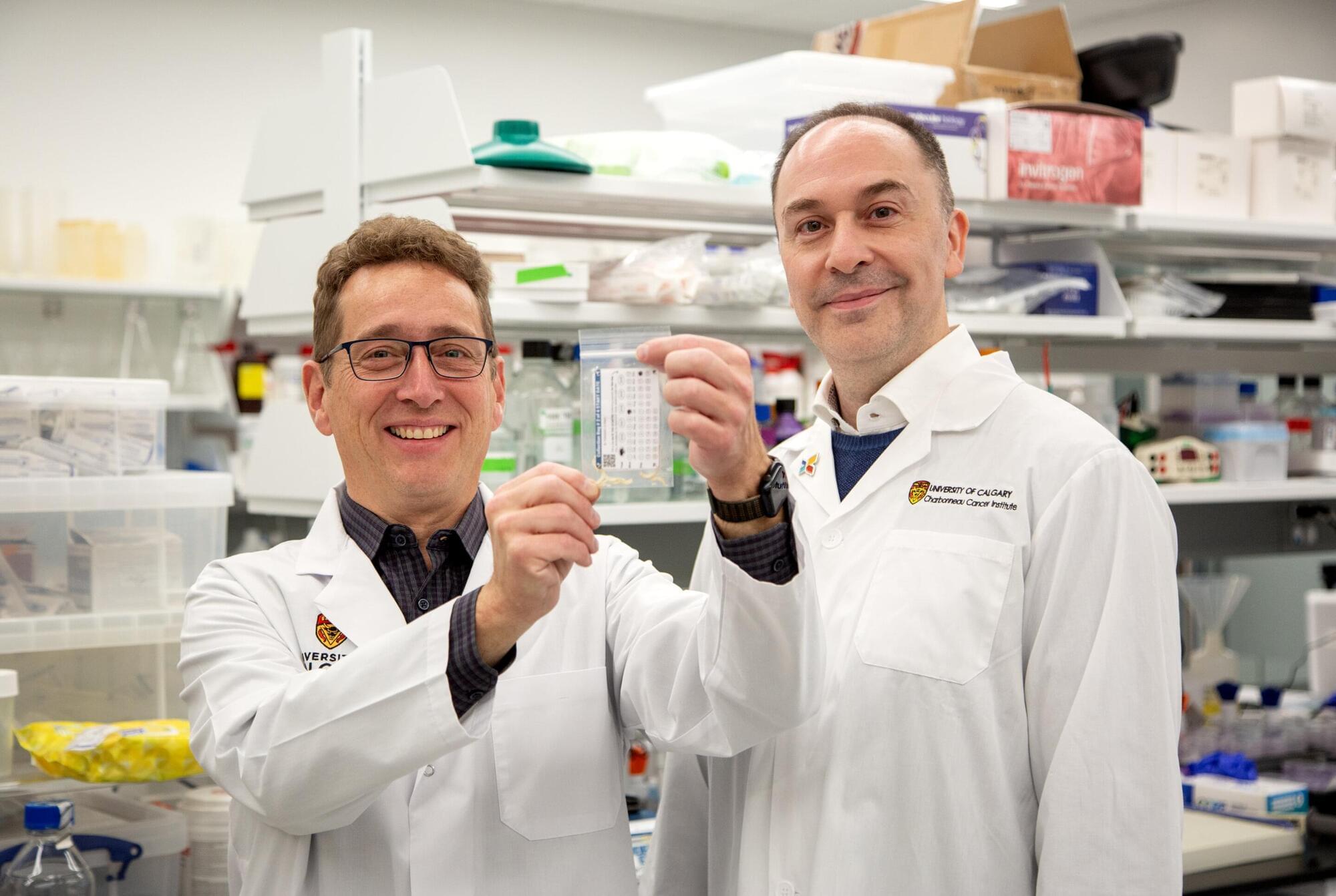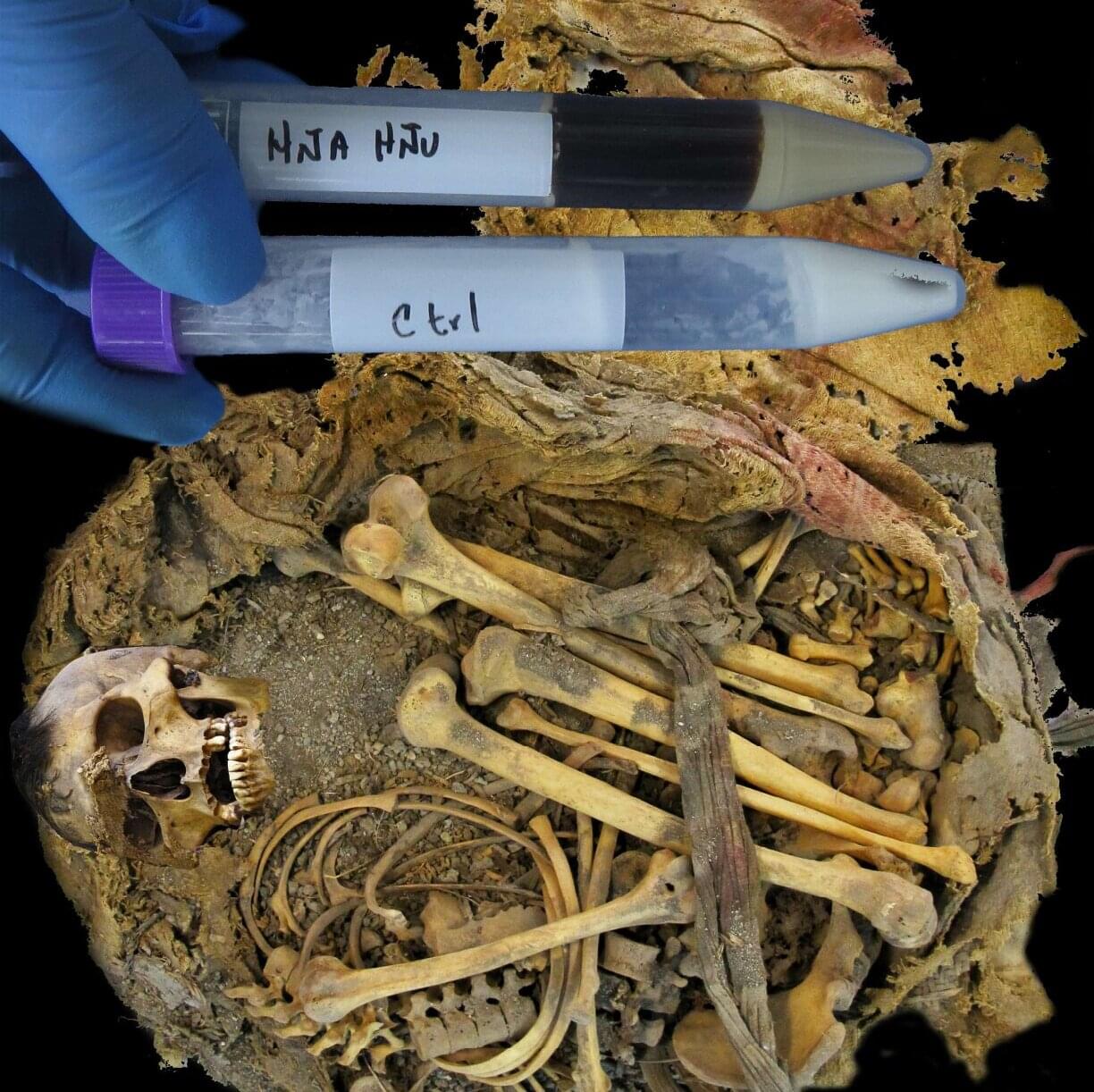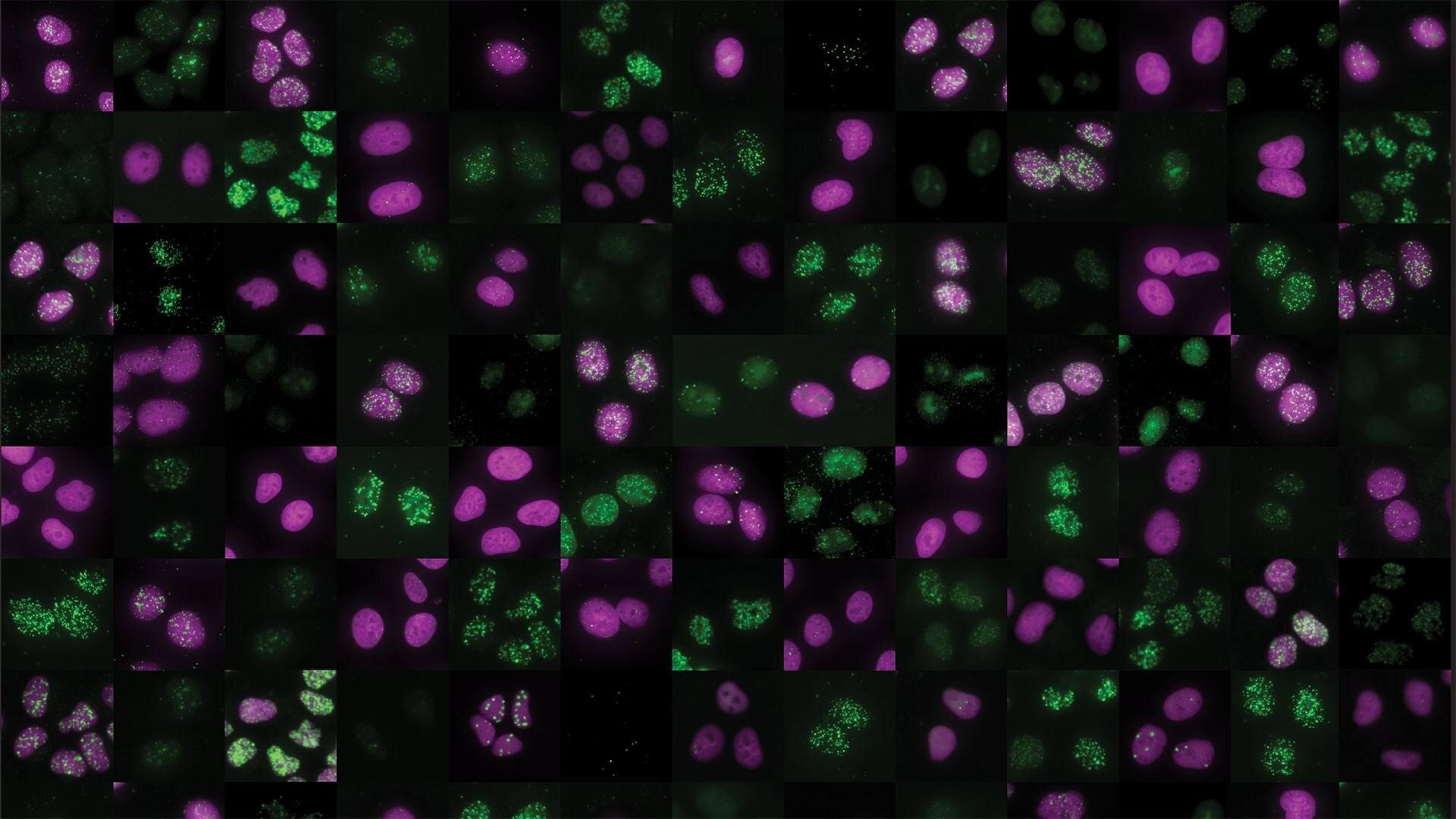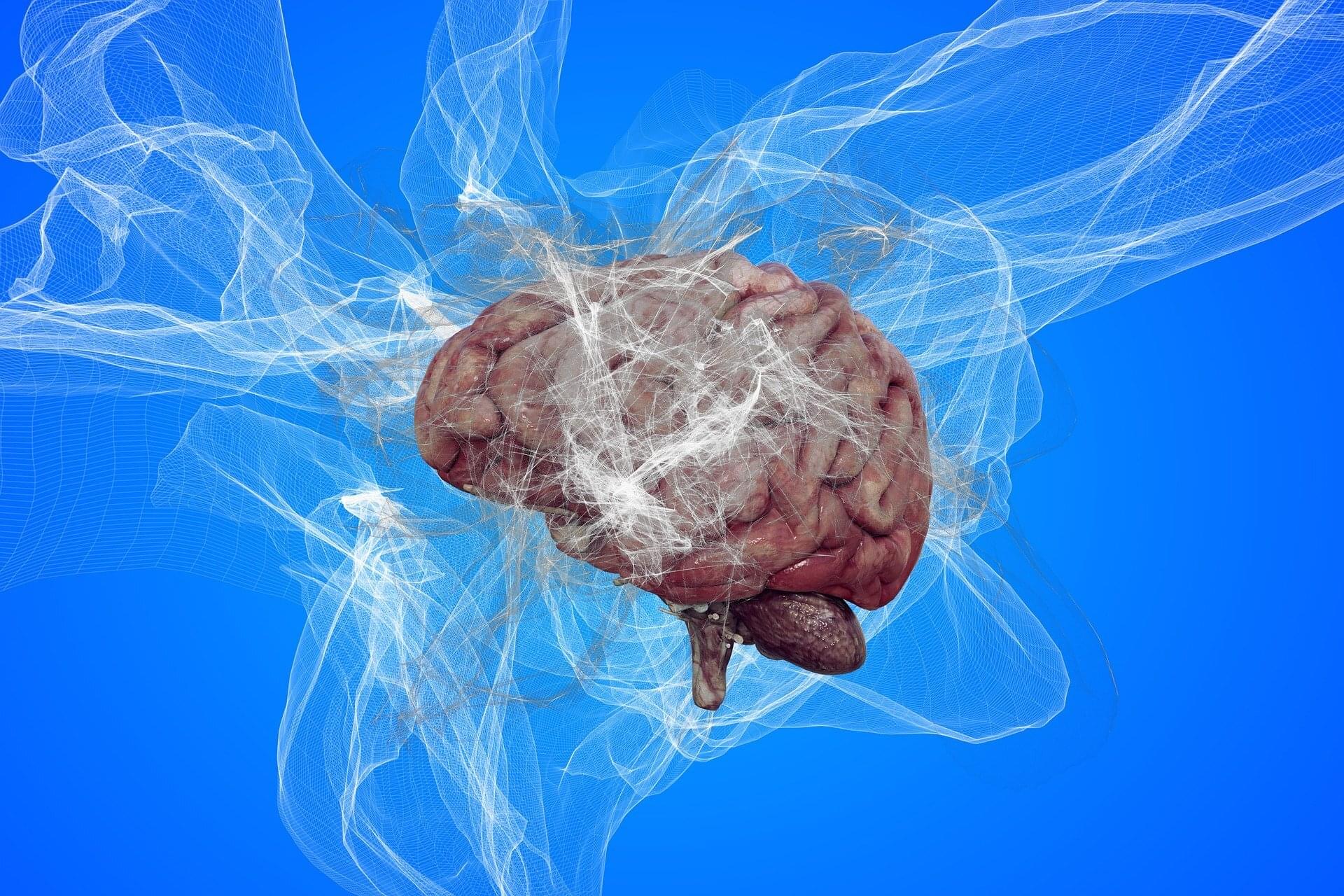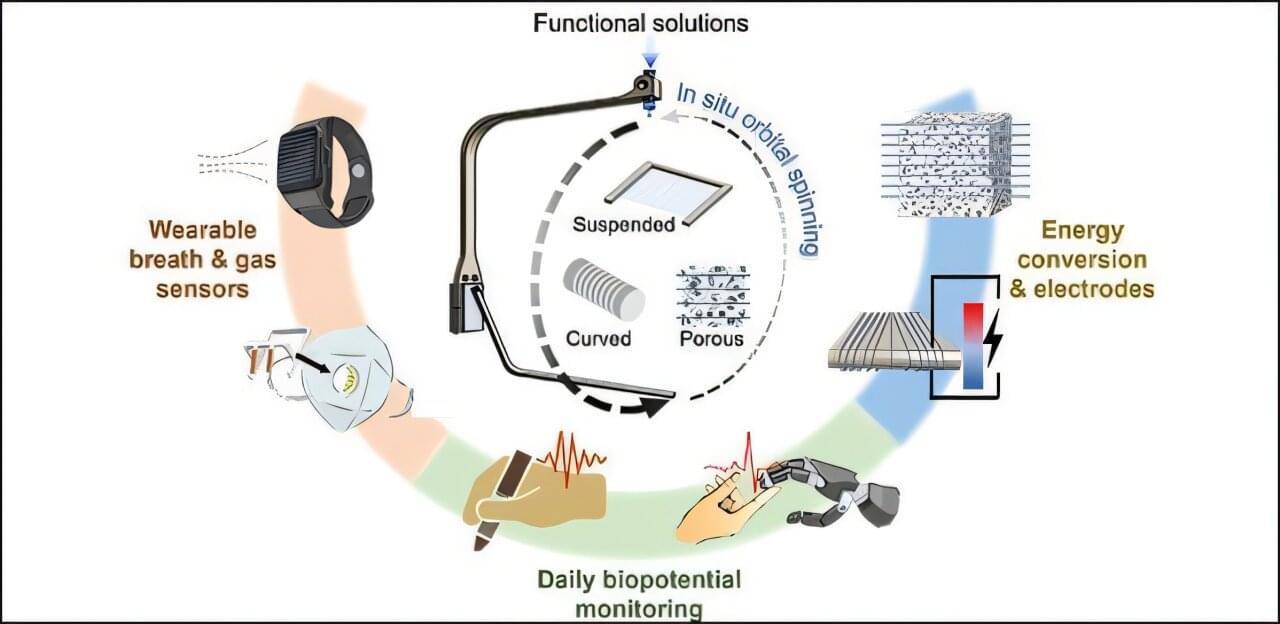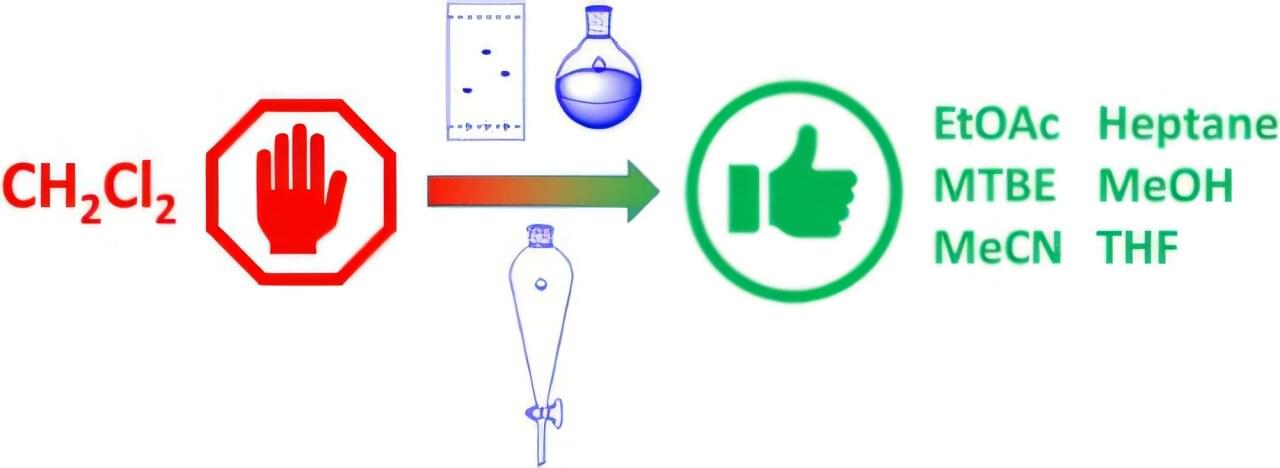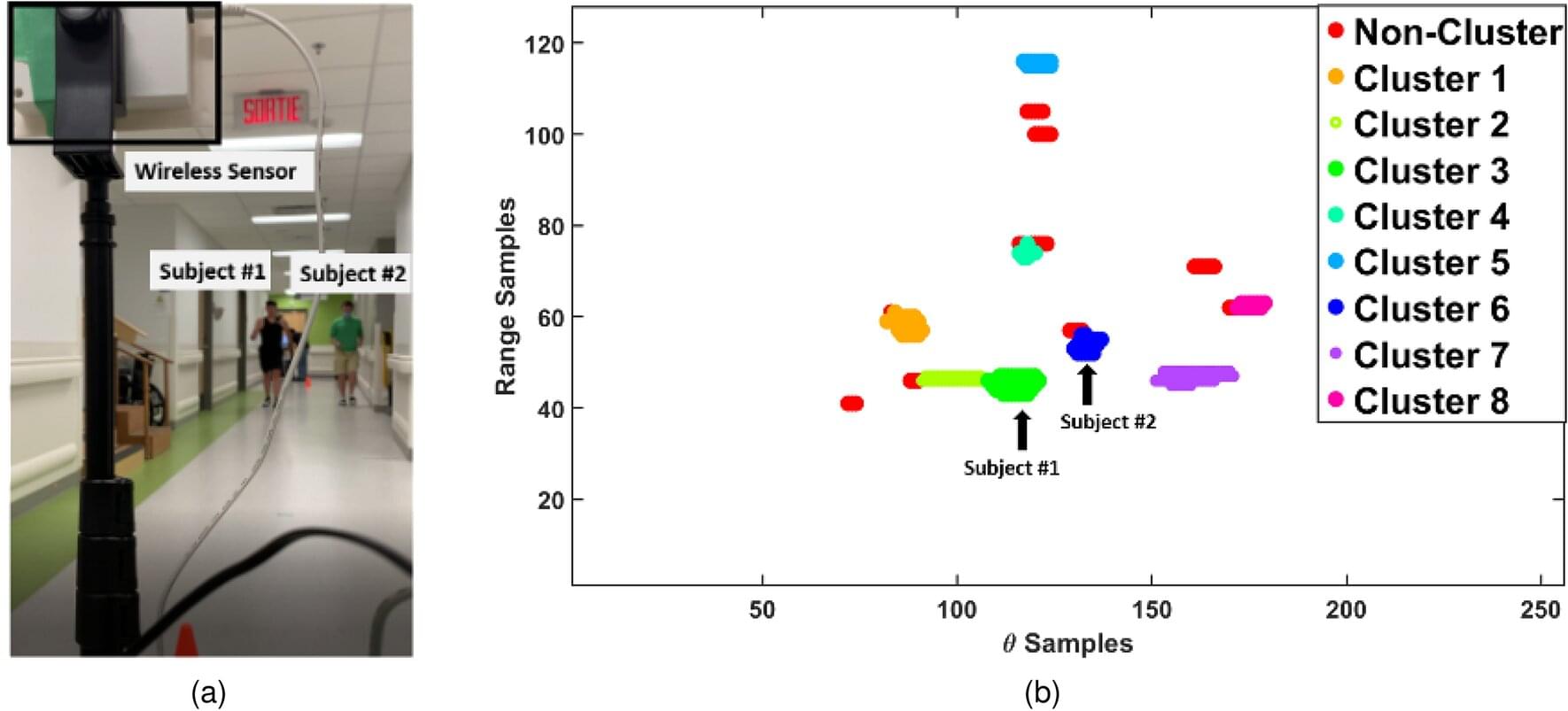At 47 years of age, Emi Bossio was feeling good about where she was. She had a successful law practice, two growing children and good health. Then she developed a nagging cough. The diagnosis to come would take her breath away.
“I never smoked, never. I ate nutritiously and stayed fit. I thought to myself, I can’t have lung cancer,” says Bossio. “It was super shocking. A cataclysmic moment. There are no words to describe it.”
Bossio had to give up her law practice to focus on treatment and healing. As part of that journey, she’s taken on a new role as an advocate to increase awareness about lung cancer. She still has no idea what caused her lung cancer. Trying to answer that question is how Bossio became interested in the research Dr. Aaron Goodarzi, Ph.D., is doing at the University of Calgary.
